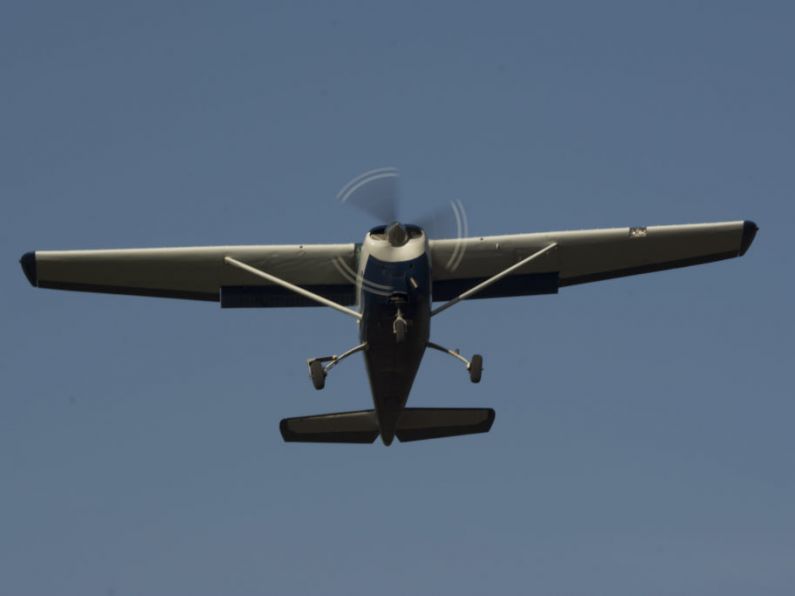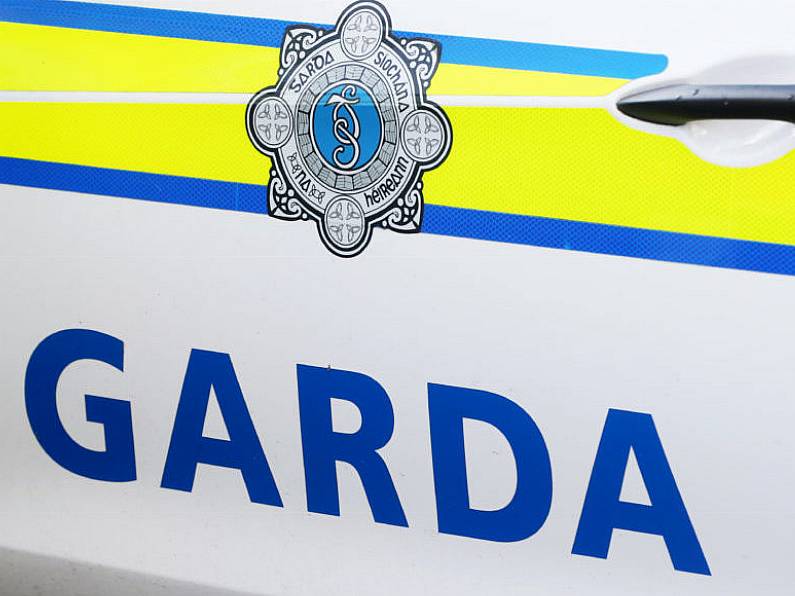Reporting by Vivienne Clarke & Kevin Galvin
Air crash investigator Jurgen White has said his team of investigators are waiting to speak with the pilot and passengers of the light aircraft that crash-landed on a Co Wexford beach on Thursday afternoon.
Four people were admitted to hospital after the plane crashed on Carnsore Point at approximately 5.20pm.
Two men, aged in their 20s and 50s, and two women, both aged in their 30s, are being treated for non-life-threatening injuries.
Speaking to national radio Mr White said information from the pilot was “crucial” to determine what technical issue the aircraft had. “Also the examination of the aircraft will tell us what condition the aircraft was in before the emergency took place,” he said.
The team of investigators spent most of Thursday evening securing the aircraft and recovering it from the water line on the beach, he said.
Congratulations to our Senior Instructor Captain John Walton on providing top cover during today’s incident in Wexford. We wish the crew a speedy recovery. Well done to Waterford Airport ATC, @IrishCoastGuard SAR teams, and all involved in the rescue operation. pic.twitter.com/xDUB0hT35w
— Atlantic Flight Training Academy (@AtlanticFlight) September 23, 2021
“The aircraft has been taken to higher ground, that was done earlier this morning – at 9am our team will be back in situ to start to dismantle the aircraft and prepare it for transport back to our facility in Gormanstown, Co Meath, where we will conduct further examinations on the aircraft itself.”
Mr White explained that the pilot obviously “had a difficulty and made the decision that he had to do an off field forced landing.”
He added: “Once the aircraft would have made contact with the shale surface of the beach there would have been a sudden deceleration and obviously that's where some of the injuries were incurred by the people on board.”
The aircraft was conducting a marine wildlife survey just off the coast when it ran into difficulty.
Mr White said at this stage it was still unknown whether it was an engine or control problem that led to the accident.
“Pilots would be trained in general terms to conduct forced landings and to fly aircraft on single engines and do forced landings.
“It's a thing they would be familiar with, but credit to the pilot, obviously under difficult circumstances he was trying to get back to land, and he did get to the beach area and the only unfortunate thing from the pilot's point of view was the surface condition on the beach.”
Local Councillor Ger Carthy was working at the time of the crash as an Ambulance officer. He says the plane landed on a beach after mechanical failure.
"I actually live locally and I proceed on the scene to confronted with a light aircraft with a nose in the sea, and four casualties on the shore.
"We're led to believe that they lost both engines, they were doing some marine surveys, and that was part of their working day - some surveillance off Carnsore Point.
"The ran into difficulties about a mile off. I believe they were involved in the surveillance of dolphin and whale populations off Carnsore Point, and were heading back to Waterford Airport before they ran into difficulties."






